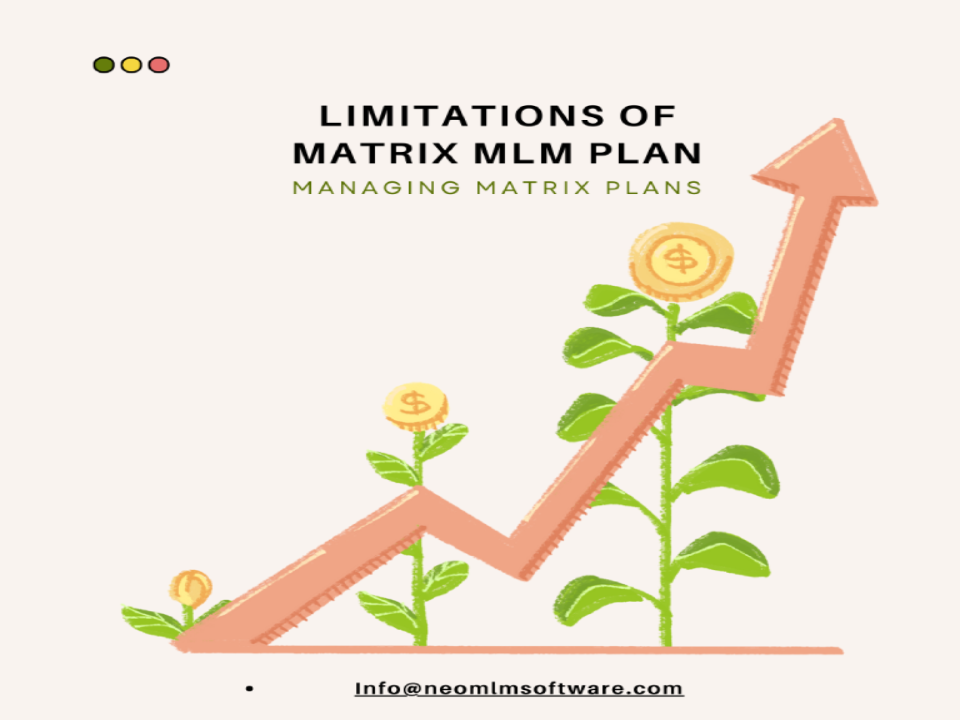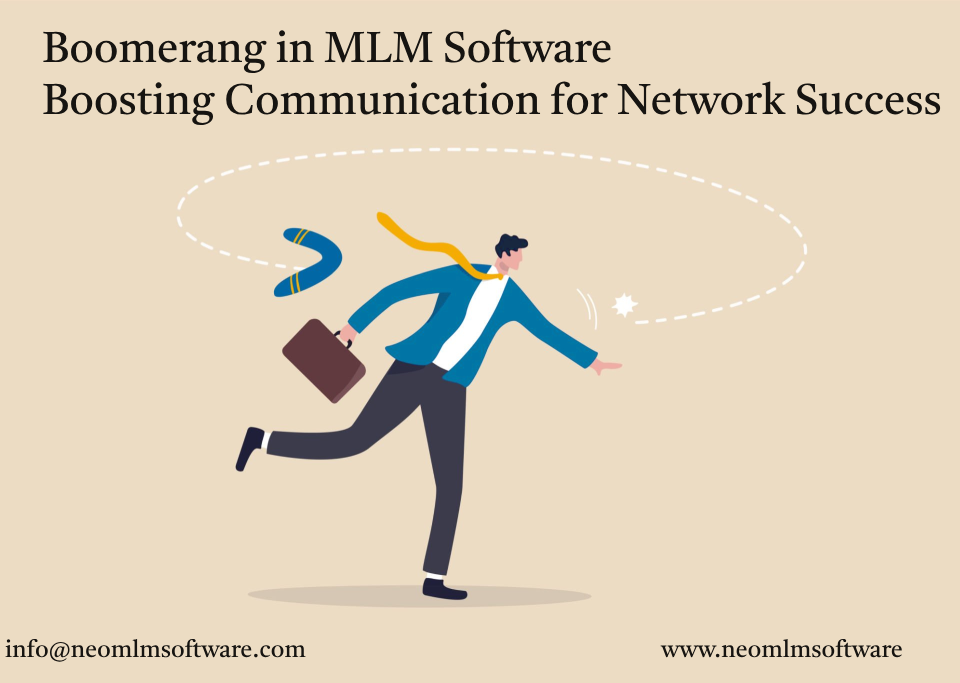- Have any questions?
- +91 9446 858 871
- +91 9400 550 510
- info@neomlmsoftware.com
Harnessing the Power of the Top 10 DTC Trends for Explosive Growth 2023

Secrets of Success: Mastering Influencer Marketing in the World of MLM
September 26, 2023
Revolutionizing Direct Selling: Unleashing the Power of Emerging Technologies
December 22, 2023In today’s dynamic business landscape, Direct-to-Consumer (DTC) brands are rewriting the rules of commerce. These brands have redefined how consumers discover, interact with, and purchase products. As we step into 2023, it’s crucial for e-commerce businesses to stay ahead of the curve by harnessing the power of the top 10 DTC trends for explosive growth. This article explores these trends, offering insights and strategies to propel your brand forward.
Table of Contents
Understanding the DTC Landscape
The Evolution of DTC
Direct-to-consumer brands have come a long way. Initially, they disrupted traditional retail by selling directly to consumers online its using e-commerce. Now, DTC brands have evolved to encompass a wide range of products and services, from fashion to food, offering a seamless shopping experience.
Why DTC Matters in 2023
In 2023, DTC is not just a trend; it’s a necessity. The COVID-19 pandemic accelerated the shift towards e-commerce, making DTC brands more relevant than ever. With changing consumer preferences and behaviors, understanding and embracing DTC is key to staying competitive.
Hyper-Personalization: Tailoring Experiences
Leveraging Data for Personalization
DTC brands can tap into the treasure trove of customer data to offer hyper-personalized experiences. By analyzing customer behavior, preferences, and purchase history, you can recommend products, tailor marketing messages, and provide a one-of-a-kind shopping journey.
Customizing Products and Services
Take personalization a step further by allowing customers to customize products. Whether it’s designing their sneakers or creating bespoke skincare, giving customers the power to tailor their purchases fosters a sense of ownership and loyalty.so e-commerce business customers can choose our best products.
Sustainability Takes Center Stage
Eco-Friendly Products and Packaging
In an era where sustainability is paramount, DTC(e-commerce) brands can shine by offering eco-friendly products and packaging. Consumers are increasingly conscious of their environmental footprint, and brands that prioritize sustainability gain a competitive edge.
Transparency and Ethical Practices
Building trust with consumers involves transparency. Share your sustainability efforts, ethical sourcing, and manufacturing practices. When consumers know your brand aligns with their values, they’re more likely to make a purchase.

Social Commerce: Turning Likes into Sales
The Role of Social Media in DTC
Social media is not just for engagement; it’s a powerful sales channel. DTC e-commerce brands can leverage platforms like Instagram and Facebook to showcase products, engage with customers, and drive sales.
Shoppable Posts and Stories
Implement shoppable posts and stories, allowing users to purchase products directly through social media. Streamlining the purchase process on these platforms can boost conversions and revenue.
AI and Machine Learning: Smarter Decision-Making
Enhancing Customer Support
AI-powered chatbots and virtual assistants can provide round-the-clock customer support, answering queries and resolving issues efficiently. This level of service enhances the customer experience.
Predictive Analytics for Inventory Management
Machine learning algorithms can predict demand patterns, helping you optimize inventory levels and reduce costly overstock or stockouts.
Subscription Models: Creating Loyalty
Benefits of Subscription-Based Services
Subscription models create recurring revenue streams and foster customer loyalty. Offer subscription boxes, services, or replenishment programs to keep customers engaged.
Churn Reduction Strategies
Implement strategies to reduce subscription churn, such as offering incentives, exclusive content, or personalized recommendations.
Voice Commerce: The Future of Shopping
Voice Assistants and Shopping
Voice e-commerce is on the rise, with devices like Amazon’s Alexa and Google Assistant enabling hands-free shopping. Optimize your online store for voice search to stay ahead in this emerging trend.
Optimizing for Voice Search
To rank well in voice search results, focus on natural language keywords and provide concise, informative answers to common questions.
Leveraging Amazon, Shopify, and More
DTC brands can reach wider audiences by selling on popular marketplaces like Amazon and Shopify. These platforms offer built-in traffic and trust.
Building an Omnichannel Presence
Create a seamless shopping experience across all channels, from your website to social media to marketplace listings. Consistency is key to building trust and brand recognition.
Creating a Brand Community
Build a passionate community of brand advocates who engage with your brand beyond transactions. Create forums, social groups, and events to foster connections.
User-Generated Content and Reviews
Encourage customers to share their experiences through user-generated content and reviews. Authentic endorsements from satisfied customers carry significant weight.
Cross-Border Expansion: Global Opportunities
Breaking Down International Barriers
Expanding internationally can open up new markets and revenue streams. Overcome logistical and cultural challenges by conducting thorough market research and adapting your strategy accordingly.
Localized Marketing and Customer Support
Tailor your marketing and customer support to the specific needs and preferences of each target market. Language, cultural sensitivity, and local trends all play a crucial role in successful expansion.
In conclusion, harnessing the power of these top 10 DTC trends in 2023 can set your brand on a trajectory of explosive growth. Remember that DTC is not just a business model; it’s a mindset focused on customer-centricity and adaptability. Stay agile, innovate, and keep the customer at the heart of your strategy to thrive in the DTC landscape.
Neo mlm software provides the best e-commerce software for you. so Most customers purchasing e-commerce app also implemented . Now 2023 best business strategy using mobile applications. The company can promote a product the easiest way using mobile application technology.so if you need any e-commerce related software please contact our customer team at any time anywhere. Our team will be available 24*7

FAQ
What is DTC, and why is it important in 2023?
DTC stands for Direct-to-Consumer, and it’s important in 2023 due to the accelerated shift towards e-commerce and changing consumer behaviors.
How can I personalize the shopping experience for my customers?
You can personalize the shopping experience by analyzing customer data and allowing customization of products or services.
Why is sustainability crucial for DTC brands?
Sustainability is crucial because consumers are increasingly conscious of environmental impact, and brands that prioritize sustainability gain a competitive edge.
How can AI and machine learning benefit DTC businesses?
AI and machine learning can enhance customer support and optimize inventory management, leading to better customer experiences and cost savings.
What is the significance of building a brand community?
Building a brand community fosters brand advocacy, engagement beyond transactions, and authentic endorsements from satisfied customers.
Neo MLM provides any e-commerce demos?
Yes Neo MLM software provides free demos of web and mobile applications also available.





